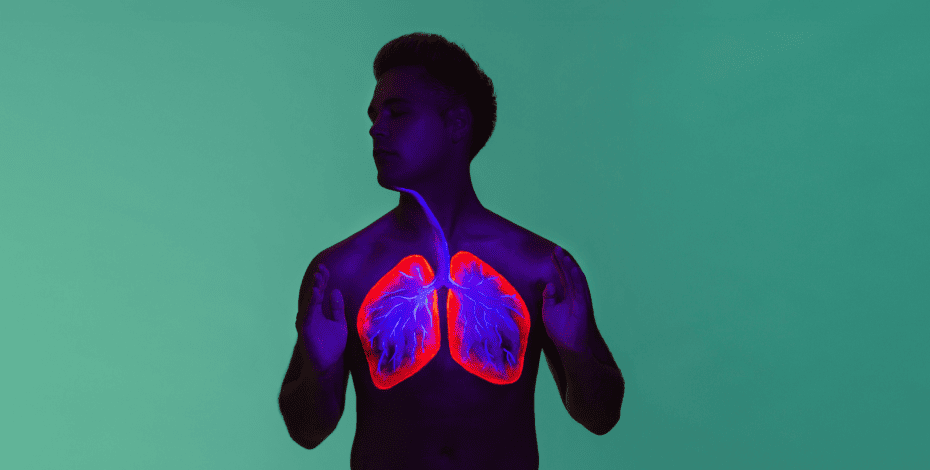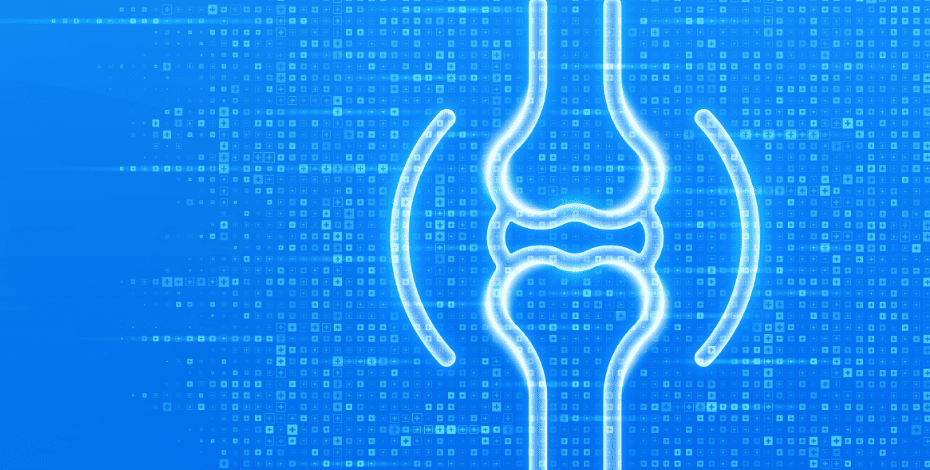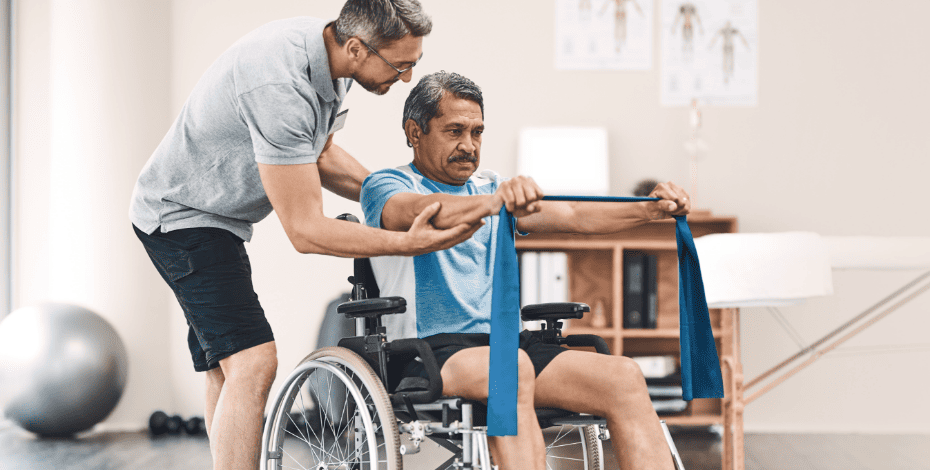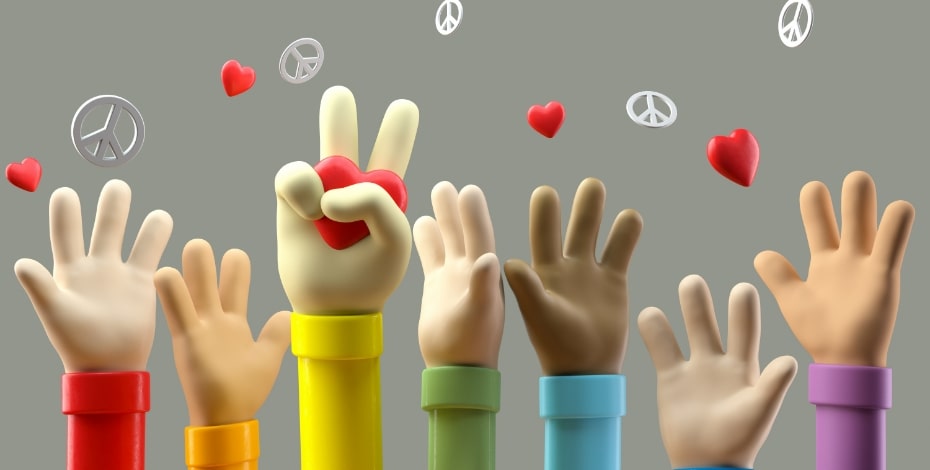
Who’s who in LGBTQIA+

The APA’s newest group is the LGBTQIA+ Advisory Panel, but what do these letters mean? Committee member Tamara Crook sheds some light on important concepts and terminology related to the LGBTQIA+ community.
Some decades ago, those within the LGBTQIA+ community began using ‘LGB’ as a shorthand way to describe diverse sexual identities and gender expressions.
As awareness increased, people found the initials insufficient for their expanding language, so additional letters and the plus sign were added in the hopes of better describing the gender identity and sexual orientation spectrums.
The acronym LGBTQIA+ aims to encompass the many terms used to express gender, sexuality and physiological sex characteristics and represents a movement towards greater inclusion.
How does this apply to physiotherapy?
Within the physiotherapy community, the assumption that all people are heterosexual, are cisgender and have physiological sex characteristics that fit medical definitions for female or male bodies has a negative effect on the health and wellbeing of our LGBTQIA+ patients (Ross & Setchell 2019) and colleagues (Ross et al 2022).
However, it doesn’t have to be this way.
Understanding and using the language and terminology associated with the LGBTQIA+ community can help ensure that our services and organisations are inclusive and respectful.
How is sexual orientation different from gender identity and where does physiological sex fit in?
Sexual orientation refers to someone’s emotional, sexual and/or romantic attraction to other people.
Some people experience sexual orientation as fluid and changing across their life span rather than fixed.
Sexual orientation describes the gender identity/ies of people with whom the person builds relationships and sometimes (but not always) describes the gender identity of the person themself.
Some terms used to describe a person’s sexual orientation include gay, lesbian, straight, asexual, bisexual and pansexual.
Gender identity describes someone’s own understanding of who they are as distinct from their physical characteristics.
This includes the way people express or present their gender and recognises that a person’s gender identity may be an identity other than male or female.
Some terms used to describe a person’s gender identity include trans, cis, non-binary and gender-diverse.
Sex assigned at birth is a classification that is made at birth, usually as either male or female based on a number of physiological characteristics.
However, sex assigned at birth is not always straightforward because some people may be born with an intersex variation and anatomical and hormonal characteristics can change over a life span.
A person’s sex assigned at birth does not necessarily align with their gender identity.
So, what do the letters stand for?
LGBTQIA+ stands for the lesbian, gay, bisexual, transgender, queer, intersex, asexual and other communities.
Lesbian—usually someone who identifies as a woman and is emotionally, sexually and/or romantically attracted to other people who identify as women.
Gay—someone who is emotionally, sexually and/or romantically attracted to people of the same sex and/or gender as themselves.
Often used to describe men attracted to men but can also be used to describe women attracted to women.
Bisexual—a person of any gender who is emotionally, sexually and/or romantically attracted to people of more than one gender.
Trans—people whose gender identities don’t align with the sex they were assigned at birth.
Shortened from transgender.
Queer—the LGBTQIA+ community in general or, specifically, those who don’t identify with traditional gender identity or sexual orientation categories.
Previously derogatory, ‘queer’ was reclaimed by the community in the 1990s.
Q can also stand for questioning, describing someone who is unsure, still exploring or not wanting to apply labels to their sexuality and/or gender identity.
Intersex—a person who is born with naturally occurring and very normal differences in chromosomes, hormones, genitalia and/or other physiological sex characteristics that are not exclusively male or female as defined by medical and conventional understandings.
Asexual—a person of any gender who has little to no sexual attraction either within or outside relationships.
What does the + stand for?
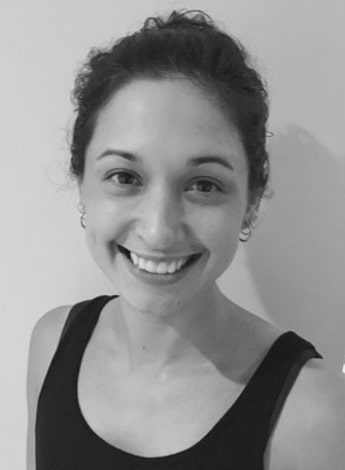
Physiotherapist Tamara Crook (she/her) explains some important concepts and terminology related to the LGBTQIA+ community.
The + helps to encompass the whole array of sexual orientations and gender identities people can identify with outside of these terms.
New terms are regularly emerging as people explore terminology that better describes their identity and experiences.
The terminology below, which can be used as a guide, is not exhaustive.
There is a great deal of diversity within and across LGBTQIA+ communities and related language is continuously evolving.
No term (or acronym) suits everyone.
Pansexual—a term describing a person of any gender whose emotional, sexual and/or romantic attraction to others is not restricted by gender.
Gender-diverse—an umbrella term for a population of people whose gender is different from what was assigned to them at birth.
Non-binary—commonly shortened to NB or enby, an umbrella term for any number of gender identities that sit within, outside of, across or between the spectrum of the male and female binary.
For example, a non-binary person might identify as gender fluid, transmasculine, transfeminine, agender or bigender.
Brotherboy—a term used by some Aboriginal and Torres Strait Islander peoples to describe gender-diverse people who have a male spirit and take on distinct roles within the community.
Sistergirl—a term used by some Aboriginal and Torres Strait Islander peoples to describe gender-diverse people who have a female spirit and take on distinct roles within the community.
What if you’re not LGBTQIA+?
There are also terms for sexuality, gender identity and physiological sex outside of the LGBTQIA+ community.
Straight—someone who is emotionally, sexually and/or romantically attracted to people of the opposite gender, traditionally referred to as heterosexual.
Cis—those whose gender identity aligns with their sex assigned at birth.
Shortened from cisgender.
Endosex—people whose innate sex characteristics meet medical and conventional understandings of male and female bodies.
>> Tamara Crook (she/her) is an APA Continence and Women’s Health Physiotherapist working in Perth, Western Australia, with experience in pelvic health and an interest in gender-diverse health. Tamara’s experience includes private inpatient and outpatient settings and teaching in continence and pelvic health. She is a member of the LGBTQIA+ community and a passionate advocate and ally for the trans community.
- References
-
Ross, M. H., & Setchell, J. (2019). People who identify as LGBTIQ+ can experience assumptions, discomfort, some discrimination, and a lack of knowledge while attending physiotherapy: a survey. J Physiother, 65(2), 99-105. doi:10.1016/j.jphys.2019.02.002
Ross MH, Hammond J, Bezner J, Brown D, Wright A, Chipchase L, Miciak M, Whittaker JL, Setchell J. (2022) An exploration of the experiences of physical therapists who identify as LGBTQIA+: Navigating sexual orientation and gender identity in clinical, academic, or professional roles. Physical Therapy. 102(3):pzab280
-
© Copyright 2024 by Australian Physiotherapy Association. All rights reserved.



